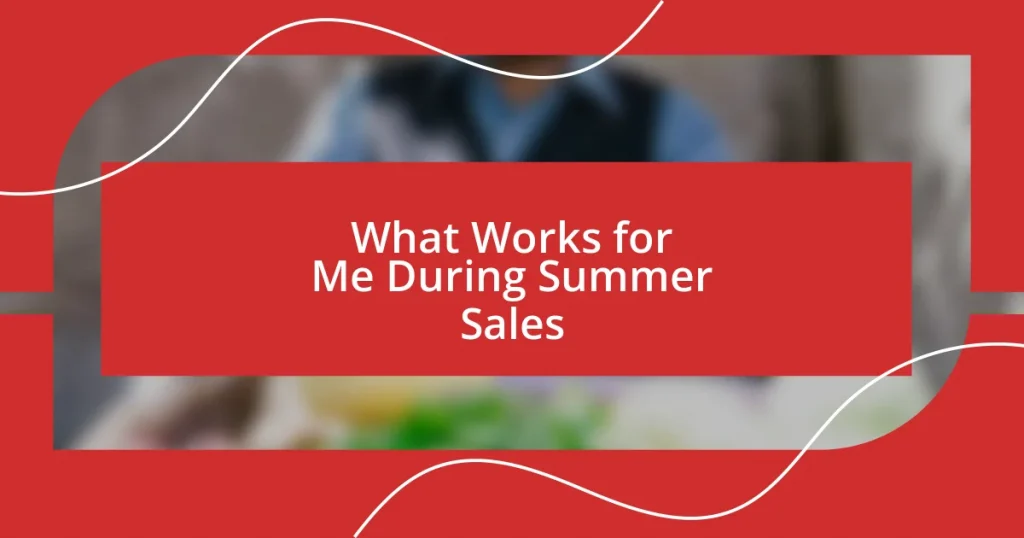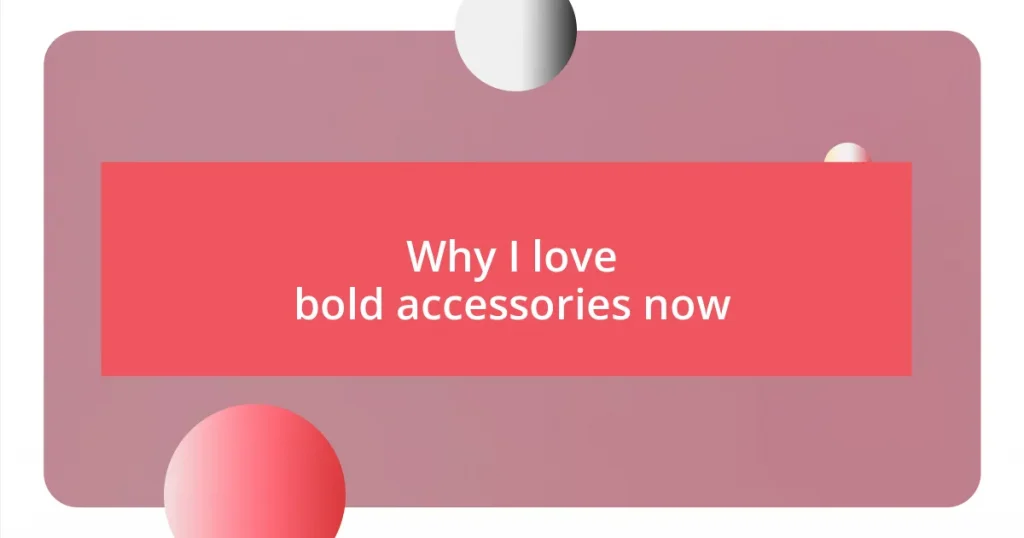Key takeaways:
- Implement limited-time offers and personalization to create urgency and foster customer connections during summer sales.
- Utilize storytelling, vibrant visuals, and multi-channel strategies for effective marketing campaigns that resonate with audiences.
- Analyze sales metrics and customer feedback to identify trends, refine strategies, and enhance post-sale engagement for improved customer relationships.
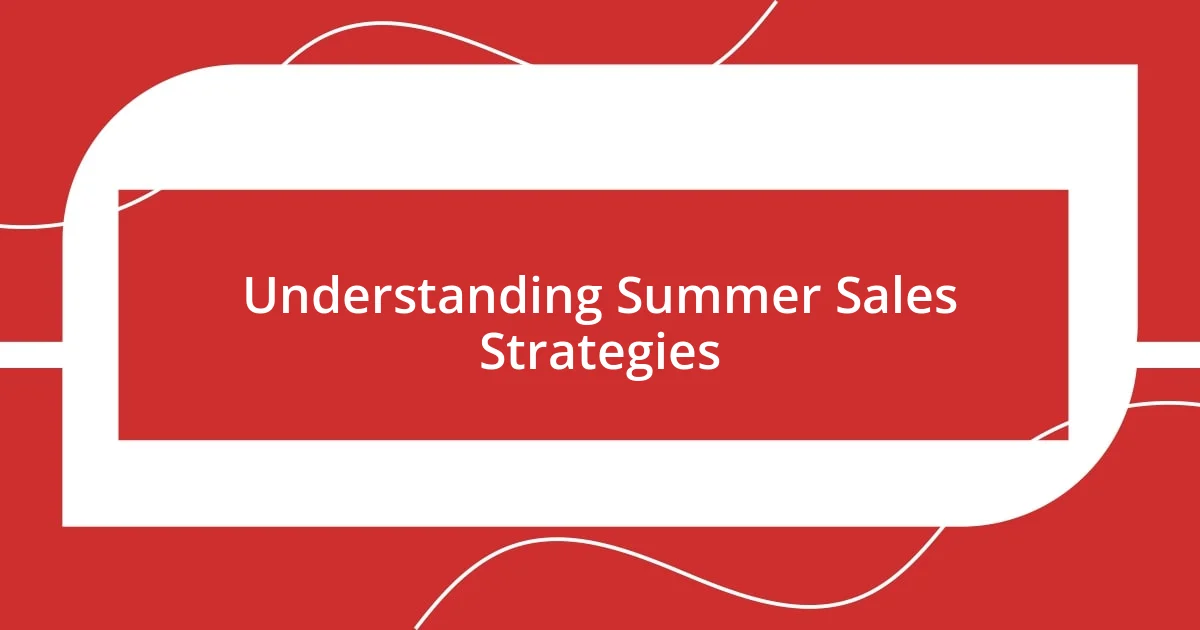
Understanding Summer Sales Strategies
Understanding the nuances of summer sales strategies can be a game changer for any business. I remember when I first started exploring this, I was overwhelmed by the options available. The key is to identify what resonates with your audience – think about what gets them excited during those sun-soaked months.
One effective approach is the use of limited-time offers. Why do we feel so compelled to act when there’s a deadline? I’ve found that a well-timed promotion can create a buzz and urgency that motivates potential customers to make a purchase. It’s almost as if summer’s fleeting nature sparks a desire to grasp those deals before they vanish, and I’ve seen firsthand how this can drive sales.
Another strategy that often gets overlooked is the power of personalization. I recall a summer campaign where we tailored our emails to reflect users’ past purchases and preferences. The response was fantastic! It made customers feel recognized and valued. Isn’t it amazing how a simple personalization can lead to stronger connections and increased sales? By understanding your customers on a deeper level, you can craft messages that truly resonate with them.
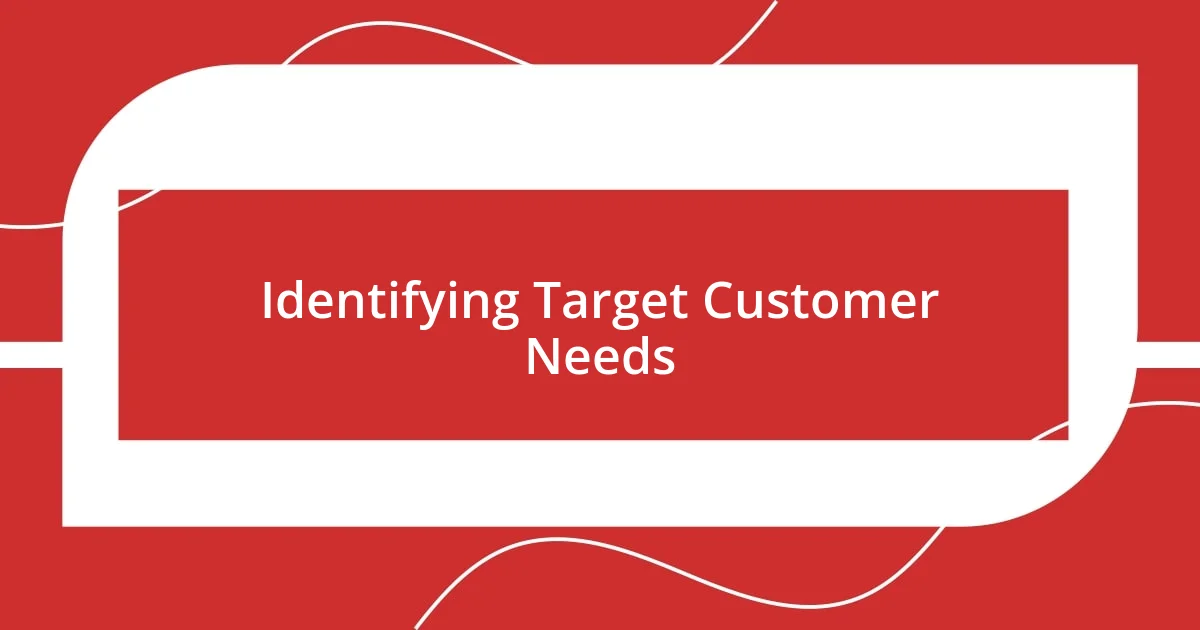
Identifying Target Customer Needs
Identifying target customer needs during summer sales involves digging into what truly matters to your audience. I’ve often felt that listening to customer feedback can unveil their desires and pain points. For instance, one summer, we conducted a quick survey that revealed our customers were craving flexibility in return policies, especially when shopping for gifts. This insight prompted us to adjust our policies, leading to a noticeable boost in customer satisfaction and sales.
To effectively pinpoint these needs, consider the following:
– Analyze customer feedback and reviews for recurring themes.
– Monitor social media trends to see what your audience is currently talking about.
– Use analytics from your website to identify commonly viewed products during the summer months.
– Host casual online Q&A sessions to engage directly with your customers.
– Leverage seasonal surveys to gather targeted insights about preferences and desires.

Crafting Effective Marketing Campaigns
When crafting effective marketing campaigns, one essential ingredient is storytelling. I can’t emphasize enough how powerful narratives can be. In one of my summer campaigns, we shared customer success stories linked to our products, which not only showcased our offerings but also created an emotional connection with our audience. It was heartwarming to see how our community resonated with these stories, turning mere viewers into loyal customers.
Additionally, incorporating visual elements can elevate a campaign’s effectiveness. I remember collaborating with a talented graphic designer who created vibrant, summer-themed visuals for our advertisements. The colors and imagery captured the fun and joy of the season, drawing potential customers in. It’s fascinating how a well-designed visual can communicate a message more effectively than words alone.
Finally, don’t underestimate the sheer impact of multi-channel strategies. I once ran a campaign that spanned email, social media, and in-store promotions, and the results were eye-opening. Each platform reinforced the other, creating a unified experience for the customer. This approach not only broadened our reach but also nurtured a deeper relationship with our audience. They appreciated the seamless interaction across different platforms, which made them more inclined to engage with us.
| Strategy | Impact |
|---|---|
| Storytelling | Builds emotional connections with customers |
| Visual Elements | Enhances engagement through vibrant imagery |
| Multi-channel Strategies | Reinforces messaging across platforms |
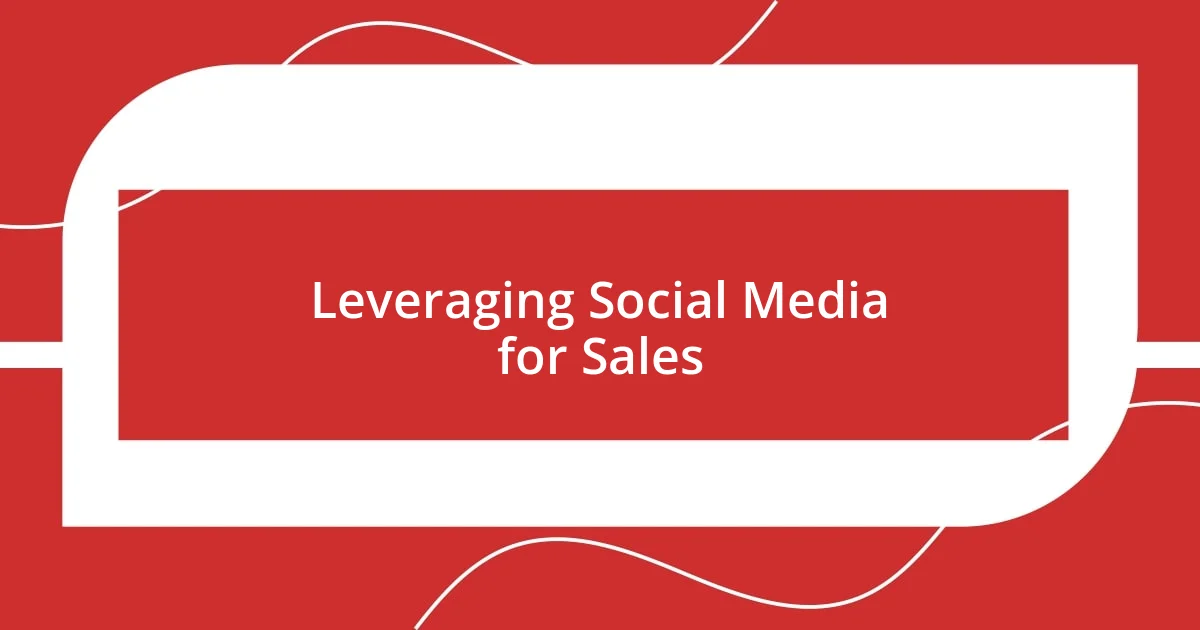
Leveraging Social Media for Sales
Engaging with my audience on social media has been a game changer for driving sales during the summer. Last year, I ran a Facebook Live session showcasing our new summer collection. The interaction was electric, as viewers were able to ask questions in real time, and we even offered exclusive discount codes to those who participated. I remember feeling a buzz of excitement as sales spiked right after that session. Isn’t it amazing how direct conversations can transform consumer interest into actual purchases?
I’ve also found that user-generated content can be incredibly effective. Encouraging customers to share their summer experiences with our products on Instagram not only showcases authenticity but builds community. Once, a customer tagged us in posts from their beach vacation, using our products throughout. Seeing their genuine excitement prompted others to try them out too! How can you not feel connected to a brand that celebrates its customers?
Lastly, utilizing targeted ads on platforms like Instagram has allowed me to reach customers who align perfectly with our brand. In one campaign, I pinpointed a specific demographic interested in outdoor activities. It was gratifying to see the ad not only reach them but also lead to a significant increase in sales. Have you thought about how social media ads could specifically cater to your ideal customers? Exploring this can reveal untapped potential for your summer sales strategy.

Fostering Customer Engagement Techniques
I’ve always believed that creating immersive experiences is key to fostering customer engagement, especially during summer sales. During one particular campaign, I organized a summer-themed event at our store, complete with interactive product demonstrations. The sheer joy on customers’ faces as they experimented with our offerings was contagious. It was fascinating to watch them connect not just with our products but with each other, sparking conversations that built a sense of community around our brand.
Another technique that profoundly enhances engagement is personalized communication. I remember reaching out to customers with tailored email campaigns based on their previous purchases. One customer expressed her delight when she received a suggestion for summer essentials that complemented a purchase she made last year. It turned out to be a small gesture that deepened her loyalty and led to her returning not just to shop but to share her positive experience with friends. Who doesn’t appreciate feeling valued and understood by a brand?
Lastly, I can’t stress enough the importance of feedback loops. After a summer sale, I initiated a quick survey asking customers about their shopping experience. The insights I gained were invaluable, highlighting areas for improvement and aspects they loved. One surprising comment was about our staff’s friendliness, which encouraged me to boost our training programs. Isn’t it incredible how listening to your customers can transform their shopping experience and identify new opportunities for growth? It’s a powerful way to make customers feel heard while consistently elevating your engagement game.

Analyzing Sales Performance Metrics
Analyzing sales performance metrics is crucial for understanding what drives success during summer sales. I recall a time when I meticulously examined the sales data from one of our summer promotions. By breaking down numbers like conversion rates and average order value, I realized that a particular product line was underperforming. This insight prompted me to shift our marketing strategy, emphasizing those items in our channels. Isn’t it intriguing how such simple data can redirect efforts toward success?
I also delve into customer feedback to gauge sales performance. After analyzing comments from my customers, I discovered a significant appreciation for our value bundles during one summer sale. I remember feeling a burst of motivation when I noticed how those bundles correlated with a spike in overall sales. Data doesn’t just represent numbers; it tells a story about what resonates with customers. Have you ever thought about how qualitative insights can complement numerical data in crafting effective sales strategies?
Lastly, I’ve learned that comparing current metrics to past performances sheds light on trends. During one summer, I noticed a consistent uptick in sales during the final week of the season. Reflecting on this, I decided to launch a flash sale each year around this time, which rewarded our most loyal customers. The emotional connection here is palpable—the excitement of a last-minute deal can rejuvenate interest in your brand. It has become a fun game for us to announce these surprise promotions, creating anticipation. Isn’t it exciting to harness both hard data and customer sentiment to drive your sales performance?

Tips for Post-Sale Follow-ups
Following up after a sale is something I value deeply. I’ve found that a simple thank-you email can go a long way in making customers feel appreciated. Once, I crafted a follow-up message highlighting their recent purchase alongside care tips. One customer responded, sharing her excitement about using the item during her beach trip; that moment reinforced how personal touches not only build relationships but also can lead to repeat business. Have you ever noticed how thoughtful gestures linger in customers’ minds?
It’s important to segment follow-ups based on customer behavior. For instance, after an end-of-summer sale, I tailored my outreach to customers who didn’t make a purchase this year. In one instance, I offered them an exclusive discount and sincerely inquired about their unmet needs. It was eye-opening! Many replied, sharing why they hesitated, allowing me to fine-tune our offerings and approach. When was the last time you engaged with customers to understand their reasons for hesitation?
Lastly, leveraging social media for post-sale engagement can feel like an ongoing conversation. I often encourage customers to share their purchases through photos and tag our brand. I vividly remember one customer posting her new sunglasses while hiking—her joy was infectious! It opened the door for public testimonials and enriched our community. How often do we realize that customers want to showcase their experience just as much as brands want to engage? Keeping that dialogue open can create a loyal fan base—one that feels invested in our story as much as we are in theirs.










